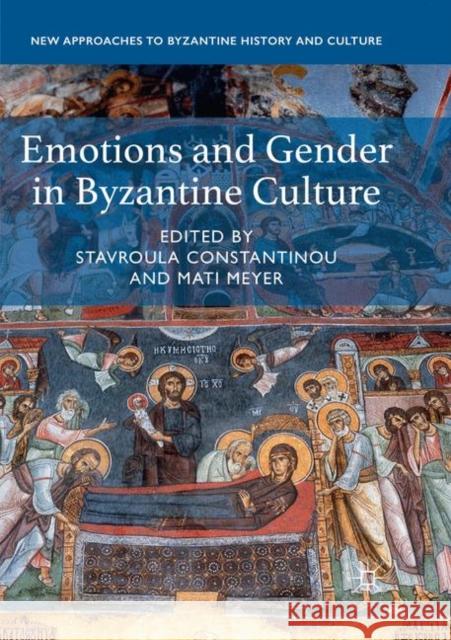Emotions and Gender in Byzantine Culture » książka
topmenu
Emotions and Gender in Byzantine Culture
ISBN-13: 9783030071370 / Angielski / Miękka / 2019 / 327 str.
Kategorie BISAC:
Wydawca:
Palgrave MacMillan
Seria wydawnicza:
Język:
Angielski
ISBN-13:
9783030071370
Rok wydania:
2019
Wydanie:
Softcover Repri
Numer serii:
000801056
Ilość stron:
327
Waga:
0.42 kg
Wymiary:
21.01 x 14.81 x 1.85
Oprawa:
Miękka
Wolumenów:
01
Dodatkowe informacje:
Wydanie ilustrowane











